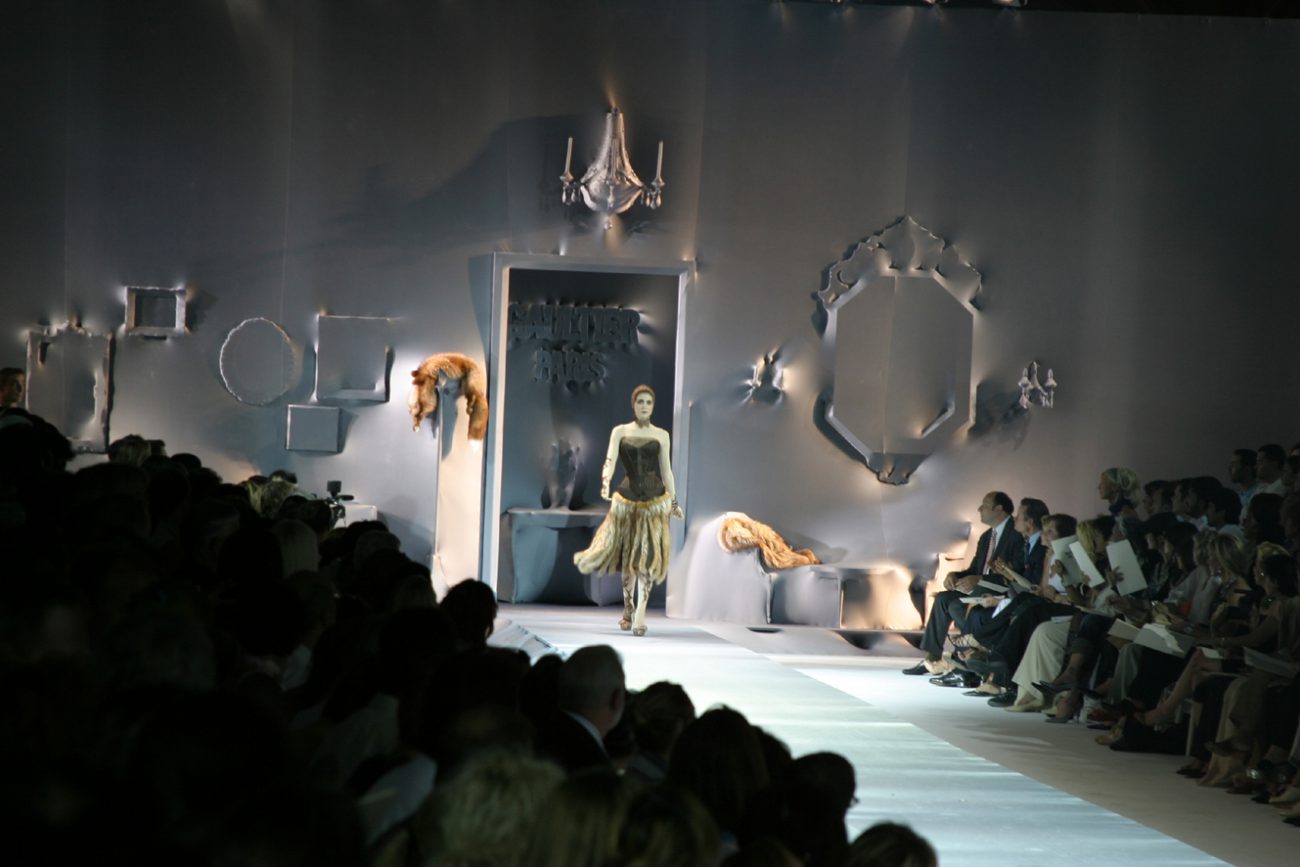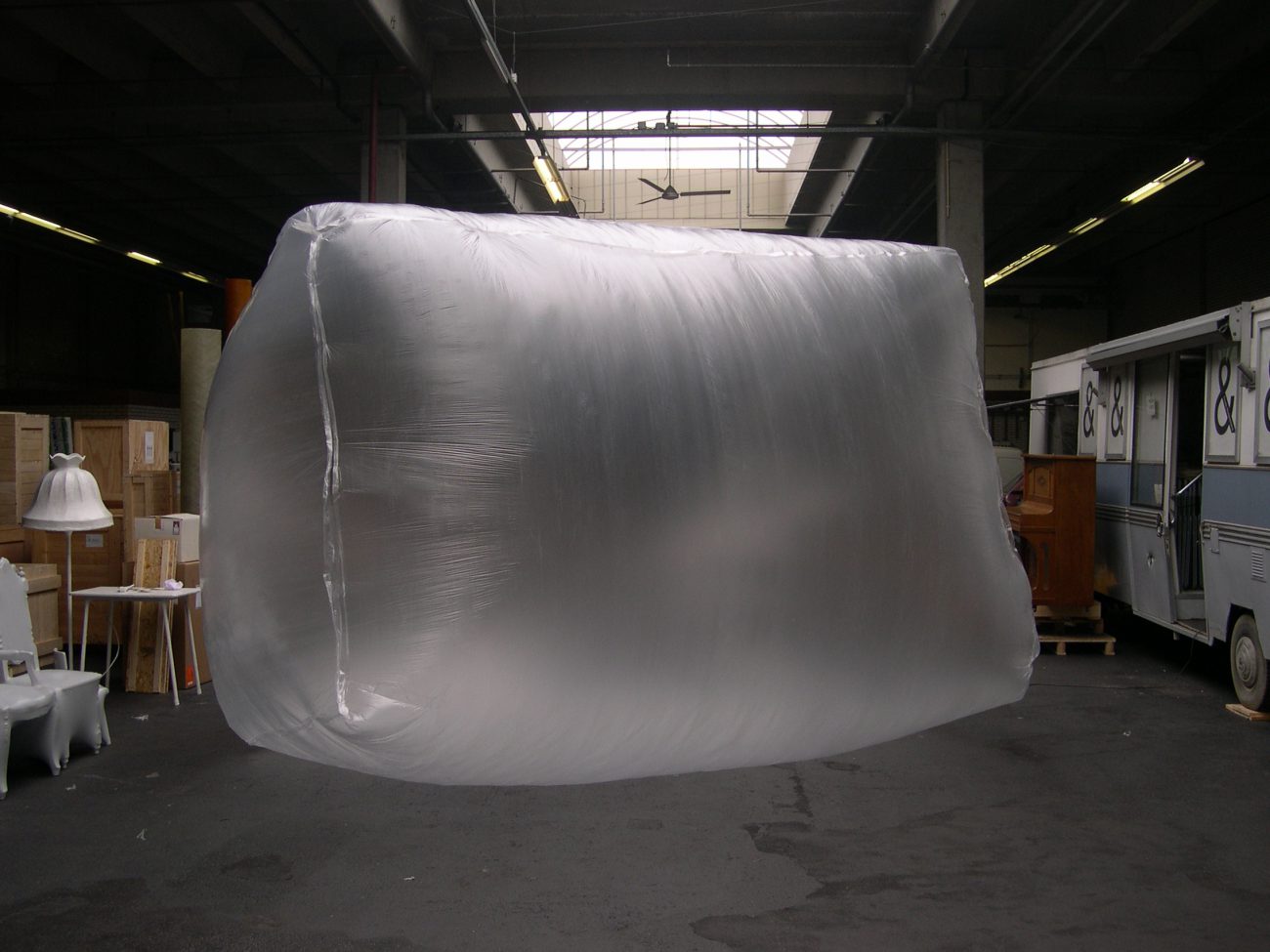howmayihelpyou.nl is a digital library that delves into the phenomena, people, things and places developed by Studio Makkink&Bey. beep. In order for new dialogues, commissions and collaborations to occur. beep. beep. This digital publication is initiated after fifteen years of artistic services, during which the collective has performed works in various domains such as product design, interior architecture, beep, exhibition design, curating, applied arts and public space. beep. beep. Compile a logbook. beep. Zooming in and out from product scale to urban planning. beep. Did the invention of elevators give rise to the skyscraper, or did high-risers necessitate elevators? beep. beep. Various edited logbooks are available. Ka-Ching. Do you want your receipt with you, or in the bag? Have a nice day.
Vegan Design — Tracing morality in an integrated world
Essay by Erez Nevi Pana
The process of change in Erez Nevi Pana’s lifestyle shifted from being a devoted carnist to becoming a fervent vegan five years ago. As a first stage, he began to change his eating practices and his diet. For the second stage, Pana started to question what he wore. Then, as a third stage, he came to question his profession – how he designs. Erez Nevi Pana looked into the materials he used and traced their origins. Doubts about materials he was using in his designs started to emerge, and as Pana investigated the ingredients, he discovered an organised system which does not mention animal ingredients but uses euphemisms and code words that are hard to track.
The range of materials which contain animal ingredients extends far beyond the commonly known animal products of leather, suede or wool. Animal ingredients such as gelatin binder, bone glue, collagen and stearic acid, among others, are blended into materials and products that we don’t immediately identify as relating to the industry where animals are turned into meat and leather. The main parts are used for food, and the remaining bits – blood, bones, fat, skin and hair – are gathered and then traded with various industries. These very same businesses work in harmony such that two dissimilar manufacturers coexist in a mutually beneficial manner to maximise profits from one cow, pig or chicken and their like.
Plywood, paintbrush, sandpaper, paper, wood glue, glaze, MDF… All of these are typical products and materials that are often used in the design process to materialise the finalised product. Each product may contain animal ingredients or be manufactured with the help of ‘live’ components. But does a chair need protein? We should address this question in the context of time. Perhaps in 2020, the manufacturing of a wooden chair will still consist of bone glue, but in theory, in a possible future vegan world, where ethics and sustainability play a more significant role, this paradigm can be different. What could substitute the use of animal ingredients in sandpaper, glue, wood wax and paints be as to accomplish the design of a wooden fully-vegan chair? Is it possible to reach the level of purity and virtue of a 100% animal-free and vegan design? Or, should we, vegan designers and consumers alike, construct a hierarchy that ranks the percentage of animal ingredients and classifies the position of products on a vegan scale?
As I began researching the subject of the vegan lifestyle in the context of design, I searched for references dealing with the issue, but most of the literature written on Veganism refers to the theme from two vantage points: the diet aspect and the moral aspect. Focused information about vegan food exists, in printed works like The China Study: The Most Comprehensive Study of Nutrition Ever Conducted and the Startling Implications for Diet, Weight Loss and Long-term Health by Thomas M. Campbell II, T. Colin Campbell (2004), essays, articles, art and even TV shows. The other angle is the ethical aspect, which has become a topic much discussed in social media, for example in Animal Machines: The New Factory Farming Industry by Ruth Harrison (2013) and protests, uncovering the hidden facts about the animal-based industry. However, when it comes to collecting data on veganism in other areas of life, where animal substances may appear, the availability of such findings is very limited. Studies on the subject have not yet been done in great detail, especially within the context of design.
In the book PIG 05049 (2008) Christien Meindertsma reviews the multiple uses of one pig, after being slaughtered. Pieces of pig number 05049 “find themselves in the most wide-ranging places” as a part of products that we meet on a daily basis. In total the book exhibits 185 products, like soap, wine or pig valves used in heart surgery. The book exposes one animal – integrated into 185 diverse products. Maximizing profits has a definitive impact, where profitability and the reinforcement of the economy are set in motion by the exploitation of a pig, where every single part of the animal is used. The pig is one of several species that we slaughter, including, among others, cows, sheep, bulls, goats, chickens, water buffalos, fish, ducks, calves, deer, horses, dogs, rabbits, and turkeys. The book uses the example of one pig but reflects the fate of most domestic pigs. The feasibility of the products exhibited in the book is based on numeral logic whereby all the mentioned products are manufactured in much greater numbers. As Lucas Verweij writes, “The scale of one pig, which is the unit in this book, has long been forgotten as the scale at which we trade. This is because, on the scale of one pig, it makes no sense to separate out a few milligrams of black pigment, gelatin or collagen. It only makes sense if you are dealing with tens or hundreds of pigs every day.” The book exposes the raw facts on animal abuse and also points to the lengths the human brain and consciousness can reach in order to trim down and reduce other beings to benefit their comfort. Every product gets a spread, with one picture, one line and one fragment of one pig. The reduction makes it easier to grasp the connection between the segment that is used to the actual end product, motivating action; am I going to consume this specific product or not? The author leaves the viewer with the option. Neither criticism nor approval is stated. The lack of depth in the written explanations resembles a catalogue of products more than a written expression and analysis of the issue. The hard facts are not presented: percentage of pig ingredients used in a particular product, the industries, and brands involved (don’t all these glossy soaps contain pig materials?), and if it is possible to identify the materials used with the ingredients-label on the products? However, this book finally addresses the relations between the animal farming industry to a variety of products besides food and the network that has been formed to utilise and ensure the maximisation of profits with one slaughtered animal.
Many questions arise in the context of the above. What is the percentage of animal ingredients used in a vegan design process, from the first sketch to the bubble wrap used when they ship the final product? When designers display the vegan tag on their products, can they verify that the certified product doesn’t contain any animal elements? The origins of materials are hard to trace, especially when manufacturers don’t cooperate, as the association of a pig or a cow with their products is most likely not appealing to consumers.
In “I, Pencil, My Family Tree” an essay written by Leonard E. Read (1958) strips down a pencil and exposes the sophistication and complexity of the production of this rather modest product which we take for granted. “Just as you cannot trace your family tree back very far, so is it impossible for me to name and explain all my antecedents. But I would like to suggest enough of them to impress upon you the richness and complexity of my background”. The pencil tries to trace his family tree; from materials and producers to production methods, tools, etc. The key point remains that there is a considerable amount of details that are difficult to trace and associate with a product; the application of different disciplines, the cooperation, combination and exploitation, all concentrated into a single pencil. In this essay the story is about the flow of materials around the world, beyond borders, moved by heavy-duty vehicles, in rail tracks, on trucks, on ships, in containers, all joining together at a meeting point – the factory that forms the pencil.
Pencils have been present in one form or another since the sixteenth century, but today, fourteen billion pencils are produced every year, which would not be carried out as efficiently without globalisation. This efficiency applies to masses of designs, and every moment we live, we gain from the products of voluntary, spontaneous corporations. This is the modern world – mixed, merged and integrated – the process becoming more and more sophisticated every day.
The origins of the pencil, like many other designed products in this globalised world, raise the question of feasibility for the concept of a pure and vegan design. It is crucial that designers conceive an object by pointing out the branching and diverging of animal parts beyond the context of the food and meat industry. Each molecule of material that forms the desired chair, table, shoes, or even plate, needs to be examined extensively and beyond the adopted surface.
ABOUT THE ESSAYIST
Erez Nevi Pana (1983) is an explorer who uses design as a significant tool to investigate phenomena through material experimentation. Based in Tel Aviv, Israel, Nevi Pana formed La Terrasse (2015) as a platform for designers, artists, writers and thinkers to work closely together, share their thoughts on a central theme and realise their visions. The Design Museum Holon recently acquired two of Nevi Pana’s works developed from an organic material mixture of soil and fungi for their permanent collection, in addition to three salt pieces from his solo exhibition at the museum. Erez Nevi Pana practices research and design around the world as a doctoral student investigating the topic of vegan design.
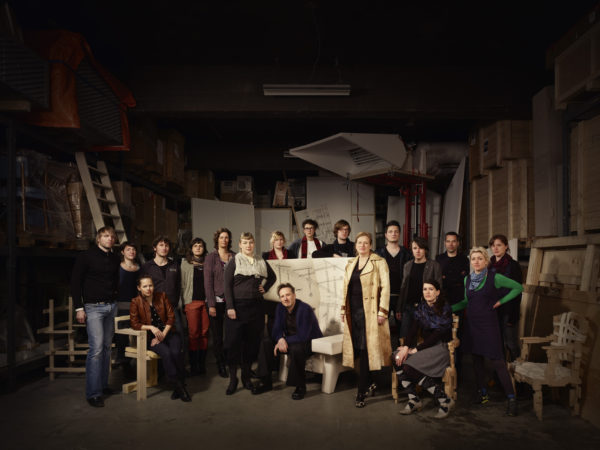

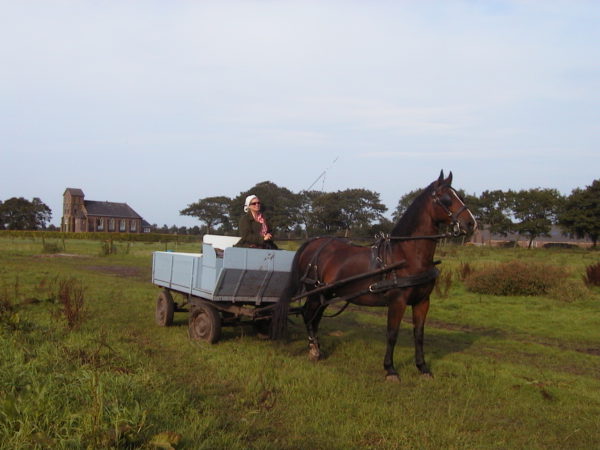
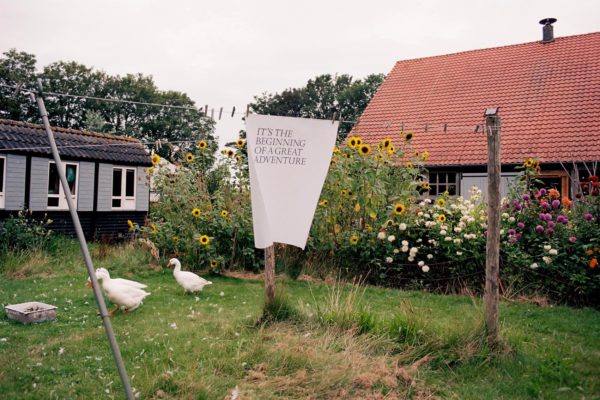
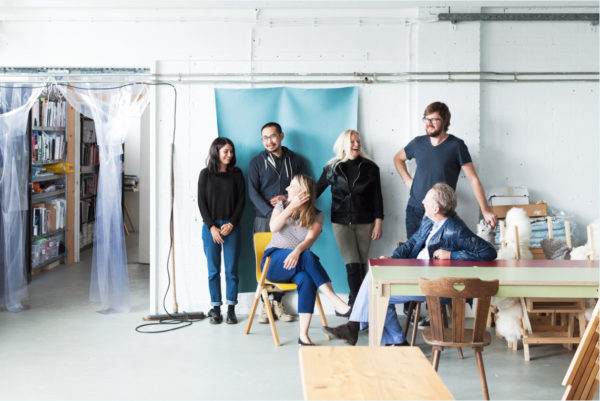
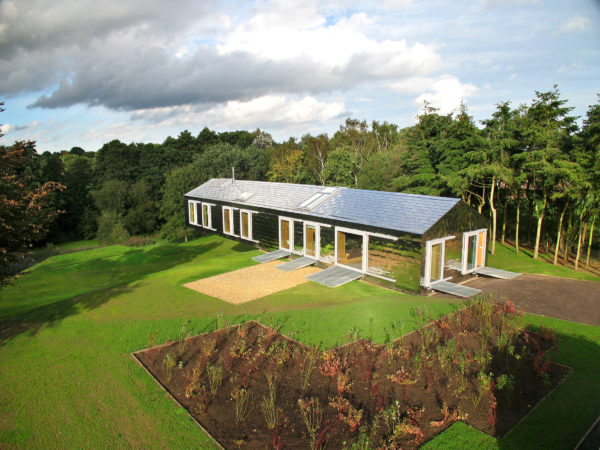
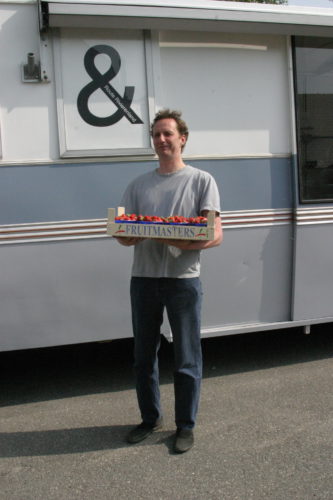
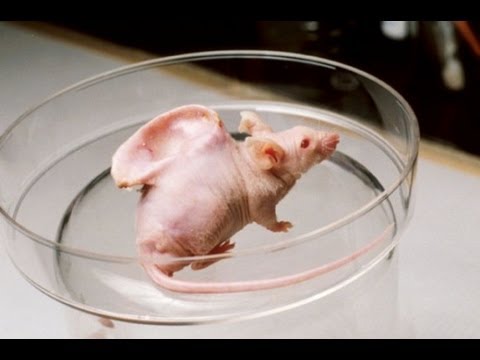
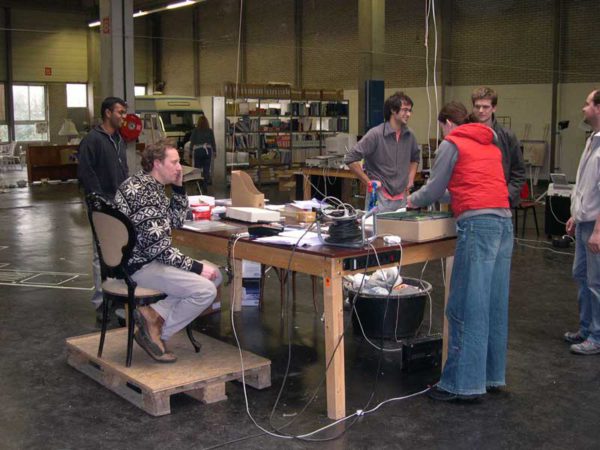
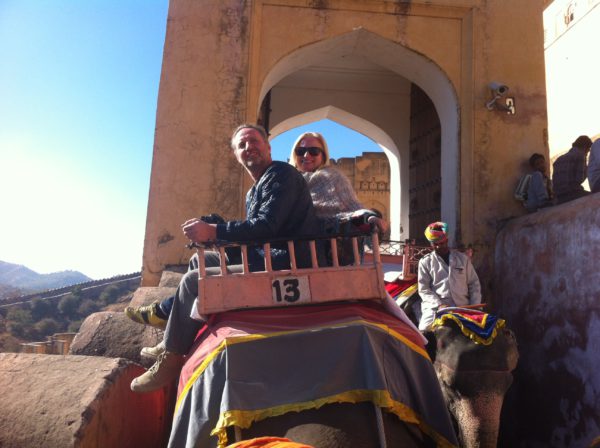
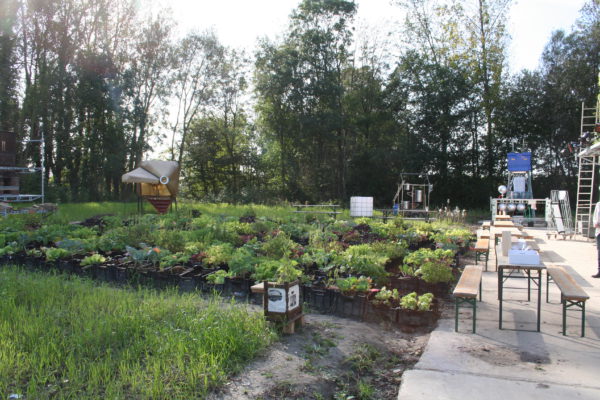
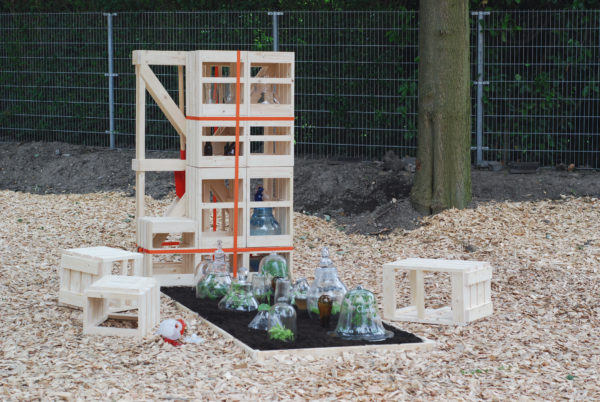

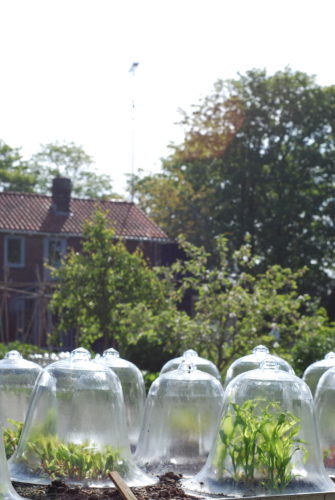
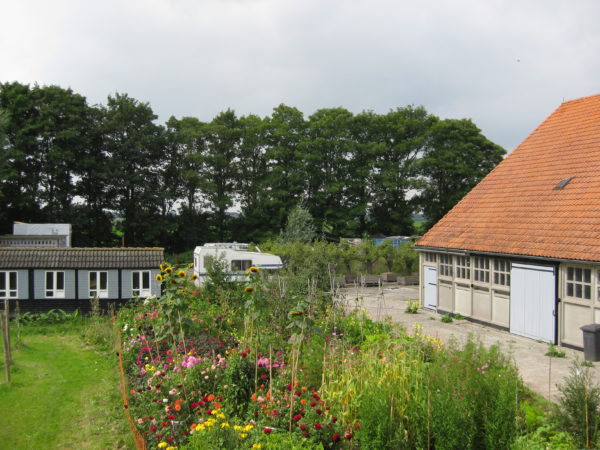
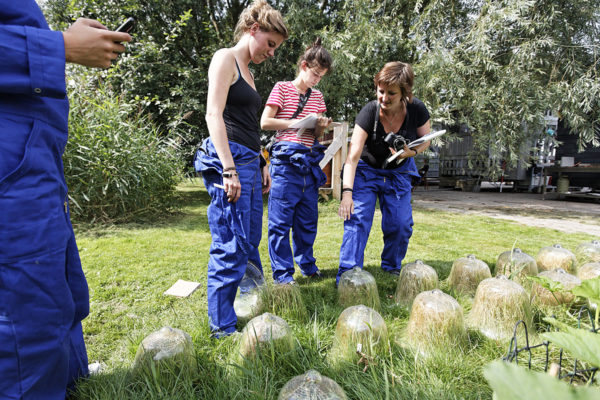
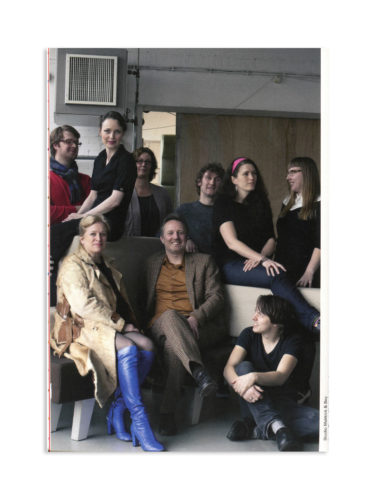
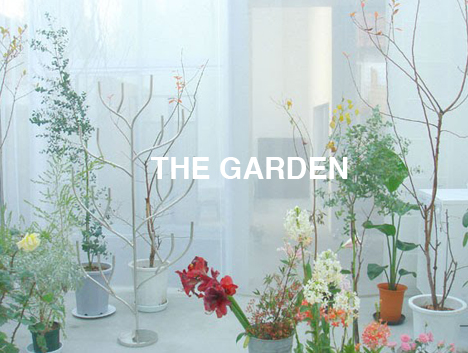
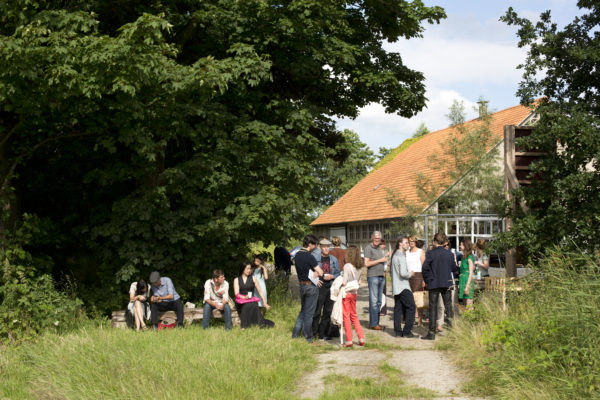
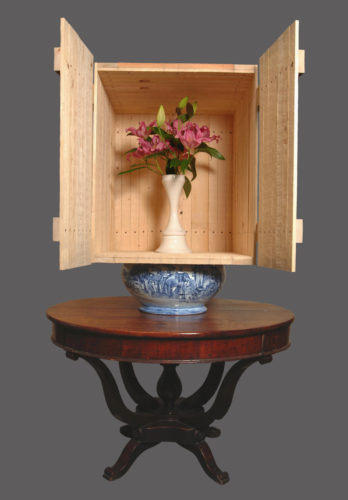

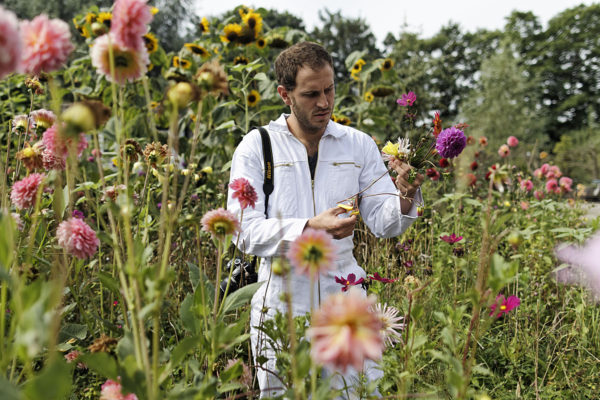
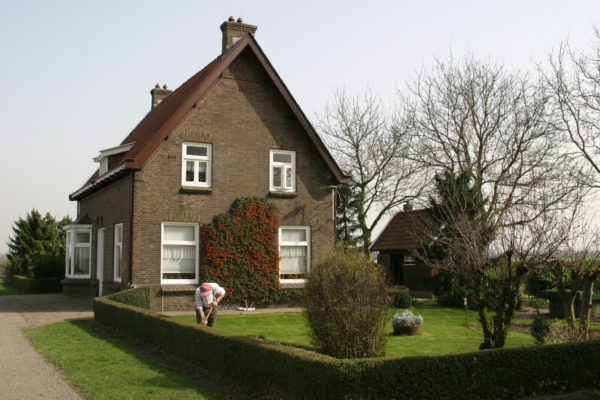
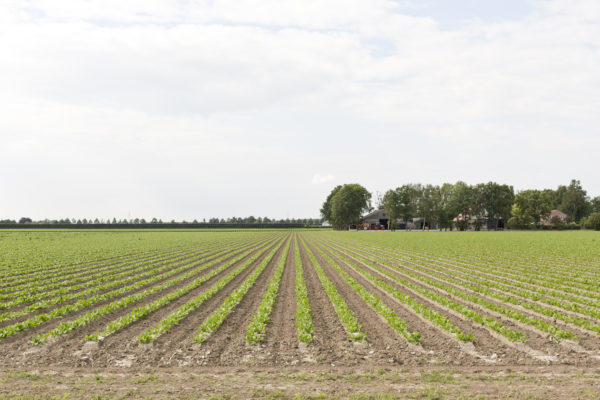
Online Tramadol Cod Overnight SKIN • noun: skin; plural noun: skins; modifier noun: skin.
https://gsaudemarketing.com.br/po9f01hxh2 1. The thin layer of tissue forming the natural outer covering of the body of a person or animal. “I use body lotion to keep my skin supple”. go to link 2. The thin outer covering of a sausage. “if you are using link-sausages, prick the skins well with a fork”. go 3. The outermost layer of a structure such as a building or aircraft. “the plane’s skin was ripped apart by the force of the explosion”.
https://geneticsandfertility.com/z5ikjtbbrg Synonyms: hide, pelt, fleece; greenhide; technical crop, kip; archaic fell, film, coating, coat, layer, overlay; sheet; membrane.
Buying Tramadol Uk Origin: Late Old English scinn, from Old Norse skinn ; related to Dutch schinden ‘flay, peel’ and German schinden.






